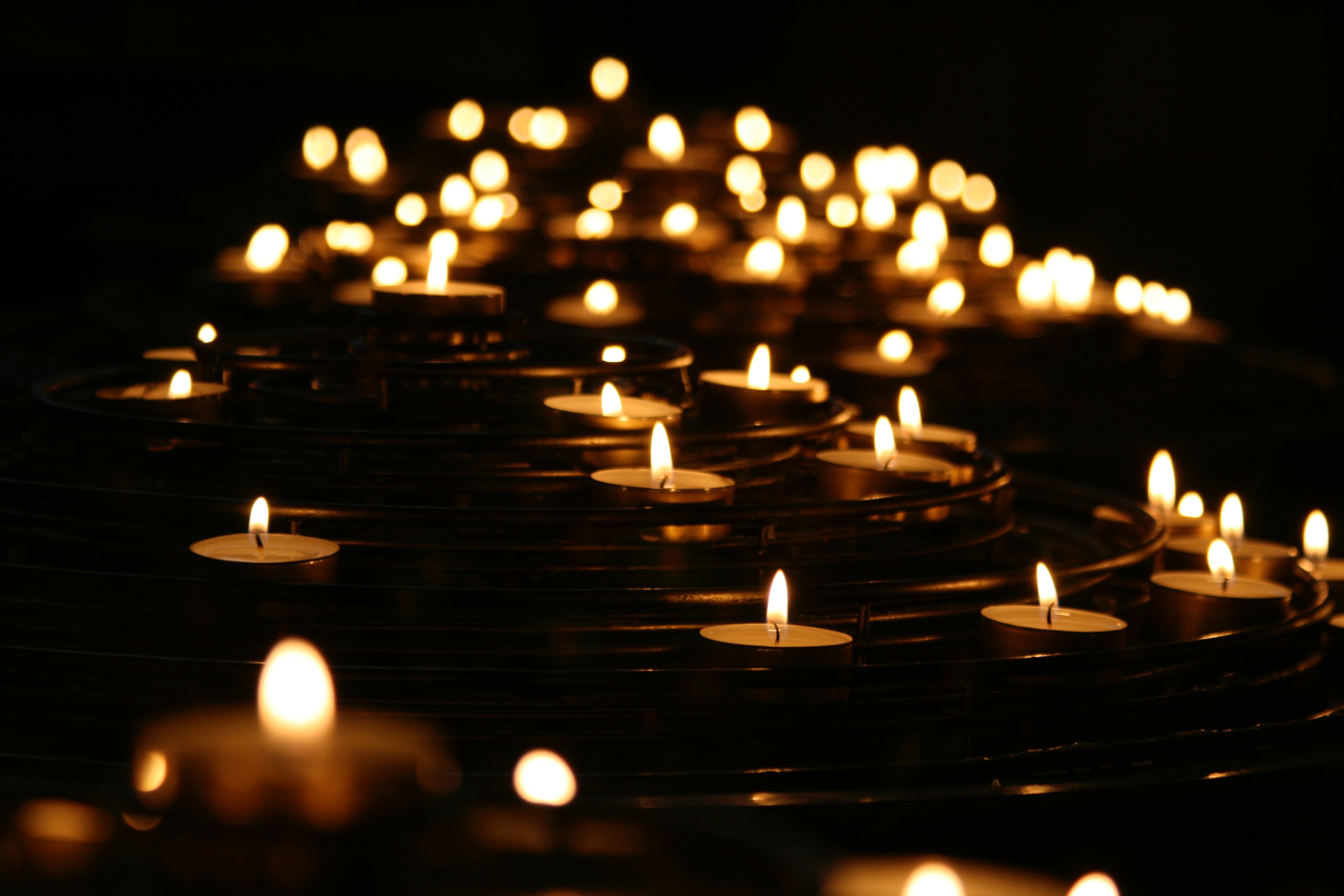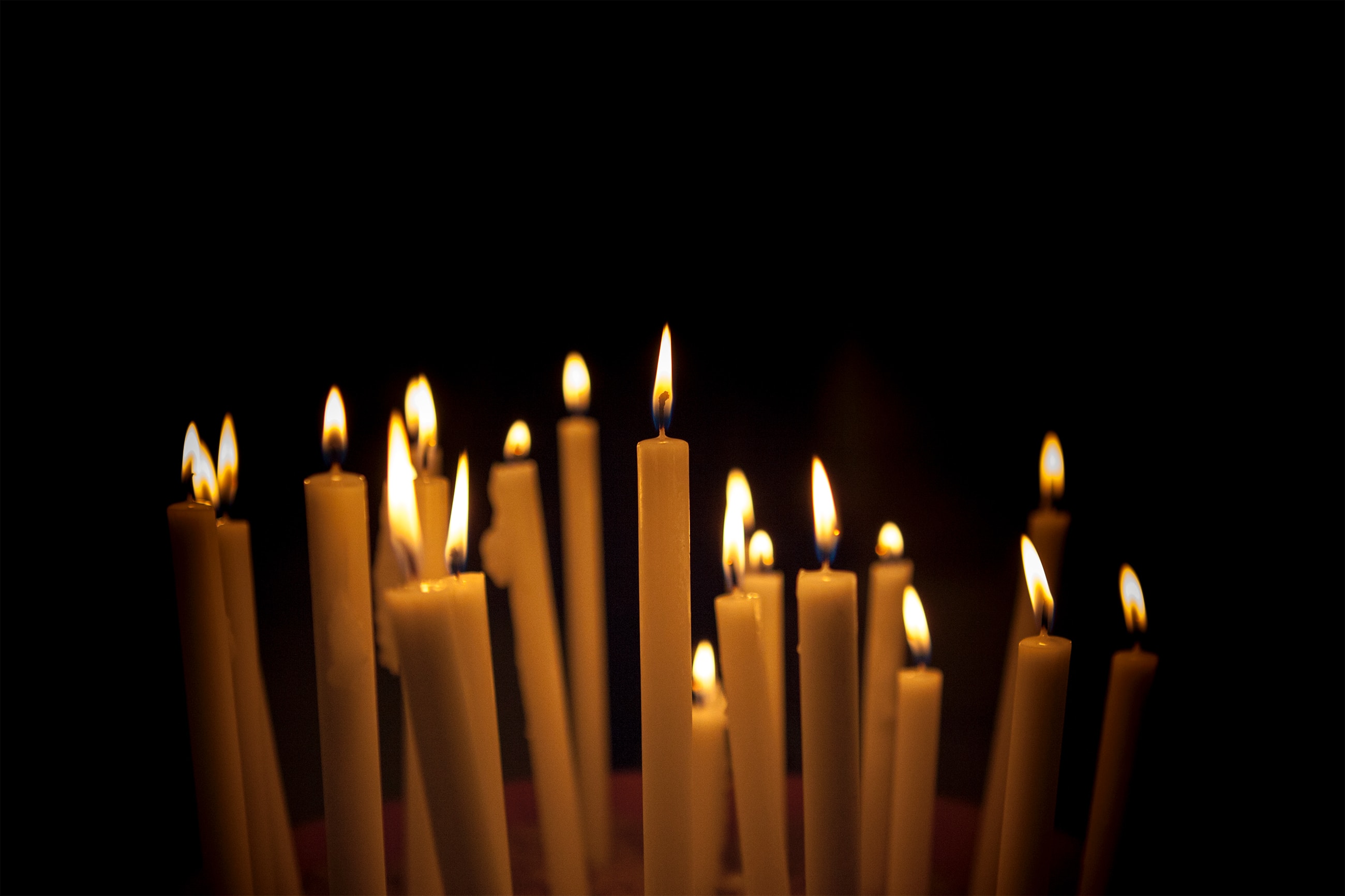The Braid by Laetitia Colombani is undeniably the most powerful book I have read this year. Originally published in French as La Tresse in May 2017, this book has now been translated into a number of languages and the English version just came out in September. It was so good that it was not enough for me to have the mobi copy from the publisher (as an advanced reader copy) – I actually went and purchased the paperback when I was at the bookstore today.
I usually say this at the end but I’ll say this now – if you are a woman, in any profession, you should read this book. If you are a man, you should also read this book. No matter who you are, this will remind you of the strength that women hide and the extent to which they will go to do the best for their family and children.
Now, let me share the synopsis before the deep dive. 🙂

In this unforgettable international bestseller, three women from very different circumstances around the world find their lives intertwined by a single object and discover what connects us—across cultures, across backgrounds, and across borders.
In India, Smita is an untouchable. Desperate to give her daughter an education, she takes her child and flees her small village with nothing but resourcefulness, eventually heading to a temple where she will experience a rebirth.
In Sicily, Giulia works in her father’s wig workshop, the last of its kind in Palermo. She washes, bleaches, and dyes the hair provided by the city’s hairdressers, which is now in short supply. But when her father is the victim of a serious accident, she discovers that the company’s financial situation is dire. Now she must find a way to save her family’s livelihood.
In Canada, Sarah is a successful lawyer and twice-divorced mother of three children whose identity is wrapped up in her work. Just as she expects a big promotion, her life is shattered when she’s diagnosed with cancer.
A moving novel of hope and renewal, The Braid is a celebration of womanhood and the power of connection and perseverance.
The Short Take – From Goodreads
The Braid is a beautiful story of three women separated in place, and yet united in the pursuit of their dreams and the strength they possess. There are three very strong characters in this story – Smita is an untouchable who wants her daughter, Lalita, to have a better life. She does not like the destiny that has been imposed on her, so for her daughter’s sake, she decides to be the mother she never had – she decides to educate her little girl, inspite of all the odds.
Giulia has been working with her father as a child and knows all the secrets of her family business of creating wigs from real hair. When her father is injured in an accident and she learns about the financial situation they are in, she meets Kamal, a man from India. Taking inspiration that he has to offer, she must decide to do something unheard of to save her family business and employees.
Sarah is a headstrong lawyer who has put her career first. Being diagnosed with cancer changes everything and she must find a way to not let the superficial and unsympathetic people around her bring her down.
There are so many lessons to take from these three amazing women, the protagonists of The Braid! While facing the obstacles that the society has placed in front of them, just because of the family they were born in, or the career they have to pursue, Smita, Giulia and Sarah show the reader that:
There is always the possibility to do something different, to be different and to not repeat the cycle that has been happening for generations.
Each of these women, while powerful, are tender and loving in their own way. They care deeply about their family and would do anything to succeed. I could not get enough of this book and that is why, here I am, writing about it the day after I finished it.

The Long Take – Themes for Thought
I loved The Braid for a number of reasons, the primary one being the fact that it taught me so much about my own culture. I was born and raised in India and moved to Canada a couple years ago. I embody the Indian culture in my own unique way and it is not often that I get a chance to see it in depth through someone else’s eyes.
On learning about one’s own culture
India is not all colorful clothes and millions of people. Behind the beautiful forts, gifts-laden shops and the tasty food showed in travel shows, and like any country, there are darker sides that are not shared with the rest of the world. They are not hidden in any way either – they are just invisible. When I lived there, I knew that people often spend long nights at railway stations, and some people like Smita, are still considered untouchable and treated differently in villages. But when you live in that environment, it is easy to glance over that truth. It is easy to forget that for some people, getting out of the cycle of their family inheritance is all that they ever want.
Anytime I read a historic fiction or something that talks about culture and historic events, I always say this – history books in school do not do justice to the experience of the people.
I learned in school about the untouchables but talking about a group like that, as part of the curriculum, produces a very different empathy, as compared to reading about the hopes and dreams of an untouchable woman. Smita is an amazing example of someone who is stuck in her life of cleaning latrines for other people in the village, but she is adamant to not let her daughter, Lalita, have the same fate. She is willing to do anything to give Lalita a different future. She helped me a gain a new insight into her people, and the extent to which mothers go for their children.
In Sicily, Giulia meets an Indian man named Kamal, who shares with her his love for his home country that he misses very day. A place he cannot go back to because he was sent away to break the cycle that his family was stuck in. Kamal is Sikh and in his conversations to Giulia, he tells her more about the Sikh culture, why both men and women have the same name, and the place that women hold in society.
Both Smita and Kamal come from the same country, and yet have vastly different experiences of religion, treatment of women and where they are in life. That not only shows how diverse India is, but also how different experiences of men and women can be there.
On what we can learn from other cultures
Giulia learns a lot from Kamal about his country and religion, while at the same time, reflecting on her own personal beliefs and commitment to her religion. It is her curiosity to know more that leads her to a possible way to save her family business. It would mean letting go of the biggest claim for the business – Italian hair for Italian women – and truly taking advantage of the advancing technology to reach people around the world. But will she be able to stand her ground and take this leap of fate?
We also have Sarah, a fantastic lawyer, who has worked hard to be where she is in her firm. She could potentially be the next partner, a feat that few women, never mind people of more experience than her, ever accomplish. When Sarah is diagnosed with cancer and has to have a mastectomy, her daughter remarks that now she will be an Amazon – in ancient times, Amazon women would cut off their right breast to make better archers. This is a unique example of taking courage and strength from an ancient culture, and it speaks so much to the strength of character that women have always had in ancient times as well.

On perseverance
Smita’s story is one of many such hidden hopes that people want to bring to reality. Her journey, for the sake of her daughter, though full of perils that could possibly destroy her, is also a way to take control of her life and stop living the way society expects her to.
For Giulia, taking charge of her father’s business and keeping it alive, no matter what, is an act of rebellion against the customs that her predecessors followed. It is the way to adapt as the world changes around her, while keeping her family’s philosophy of the business alive, providing livelihood to women who know no other trade but the art of creating wigs from real hair.
Though Sarah’s story is the shortest, it is probably the most impactful. Struggling in a world dominated by men and keeping her career before everything in her life, Sarah wears a mask that hides everything from her colleagues. A woman who has chosen to hide her pregnancies, take minimum vacations and avoid taking leaves for her own health, Sarah represents women around the world who have to try so much harder than their men counterparts to move up in their careers. However, when cancer arrives at her doorstep and she starts to see her life falling part, Sarah undergoes an epiphany and questions why she went to this extent anyway. A question I asked myself – what drives women to be the best of the best?
On hair
And most importantly, now let’s talk about hair. In the western culture, shaving one’s hair is associated with often cancer. Think about movies and stories that talk about cancer and all of them involve the patients shaving their hair. Jodi Picoult’s My Sister’s Keeper comes to mind. As time has progressed though, shaving hair has almost become fashionable. We see people don all sorts of hairstyles with at least some of their scalp shaved. India presents a different picture though – hair is seen as a donation, an object offered to, and worth offering to, the gods.
India plays a pivotal role in the storyline of The Braid, due to the reverence that hair is given in the country, and how industries in other countries, like Italy, depend on it. Though I have been to big temples when I was little, it was news to me that the reason people shave their hair at the temples is because that is all they have to offer. Their hopes and dreams and prayers to the gods will be answered when they are able to share something of their own, and without the riches, there is only hair left to give. Is that not a haunting concept?

I loved The Braid and will forever be thankful to Simon & Schuster Canada for making it available on NetGalley. I probably would have missed this book otherwise. And now, it is a prized possession in my home library and a book that I will share with my daughter in the future.
** The Braid is now available in all retail stores so do go check it out and let me know what you think! **
Amazon Print
Amazon Kindle
Cover image: Photo by Mike Labrum on Unsplash
Picture of candles: Photo by Nicola Fioravanti on Unsplash
Stay tuned for more book thoughts on Armed with A Book!

Thanks for this review, Kriti, ‘The Braid’ certainly sounds like the sort of book I would enjoy reading. I’ll see whether it’s being published in Australia.
I was going to mention it to you myself soon. 🙂